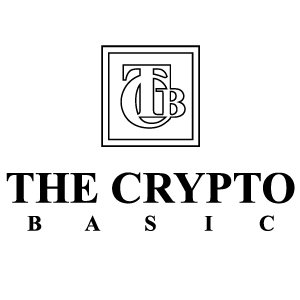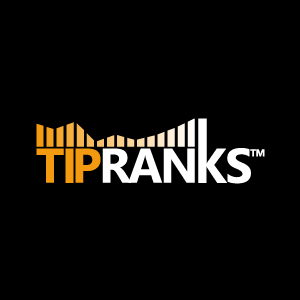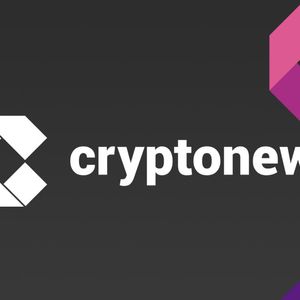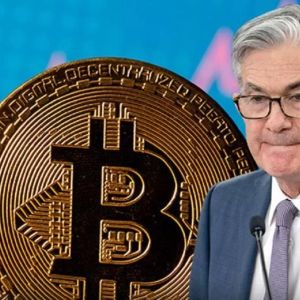On May 3rd, Hyperliquid is set to make a big change in how it charges trading fees and in how it models staking. These changes, which are very likely to be observationally noticed by end users the moment they’re enacted, mark an overall shift in the way Hyperliquid looks and feels—and, in some ways, thinks. The protocol’s fee model is moving toward a tiered, incentive-based system that will, on first glance, offer more direct rewards for high-volume traders and for users with big stakes in the system. Look closer and it may seem, at least in some ways, a bit more expensive for end users who aren’t day trading or putting half their net worth into the system. The updates encompass a comprehensive revamp of both taker and maker fees, augmented trading volume thresholds for beneficial rates, and the incorporation of staking tiers associated with the platform’s native token, HYPE. Even though traders at the institutional level may forage for opportunities to clinch deeper discounts, the retail crowd and second-tier market makers will probably experience most of the injuries. The updates inflict the most damage on these two groups. New Fee Structure: Higher Costs, Higher Barriers Base trading fees will go up under the new system; these fees are for takers. They will rise from 3.5 basis points (bps) to 4.5 bps. Fee discounts will be based on two criteria: how much HYPE is staked and the user’s 14-day weighted trading volume. Despite these available reductions, most retail users will see cost increases right away. For the average trader, the increase in taker fees amounts to a 10% – 30% rise. The only users who are really benefitting from these available reductions are those staking very large amounts of HYPE—specifically, over 100,000 tokens. 1/ On May 3rd, Hyperliquid is launching staking tiers and updating its fee structure. Here's the impact traders, market makers, and Hyperliquid's revenue can expect: — Blockworks Research (@blockworksres) April 29, 2025 Changes are also afoot for makers. Most importantly, the criteria for getting a 0 bps maker fee have altered dramatically. In the past, traders with a 14-day volume of 25 million could access this premium rate. Now, the target has risen a staggering 25-fold to 500 million. This pushes mid-tier market makers out of the 0 bps tier and concentrates fee benefits at the top end of the volume spectrum. The lowest-volume makers under 5 million may see some slight improvements under the Diamond staking tier. But for everyone else, this whole scenario equates to increased costs. These changes will deal the hardest blow to the spot market. The increases in fees here are especially remarkable; some traders face hikes of up to 100%. Even the Gold-tier users—who are thought to be high-volume players—are looking at a 60% upswing in taker fees for the spot market. For makers of the spot market, the news is much worse: fees for volumes between 0 and 25 million, which used to feature 0 bps rates, now range between 1 bps and 0.6 bps (after discounts). That means fees are going up anywhere from 300% to 500% before we even consider tier-based reductions. This new model is a radical shift in Hyperliquid’s fee philosophy. The old structure allowed a very broad range of users to access low fees that were comparably equitable. The new model concentrates benefits among a quite exclusive group of users: whales and institutional traders. The cost advantages grow quite significantly with volume and token stakes, and die off just as you reach a low-volume, low-stake set of users—a.k.a. the retail traders. Staking Tiers and Protocol Revenue: Winners and Losers This new fee structure has its core in the introduction of HYPE staking tiers. Users can now lower their fees by locking up a significant amount of Hyperliquid’s native token. These tiers afford discounts of increasing magnitude. However, the most meaningful fee reductions occur at levels that are reachable only with very large amounts of HYPE—effectively pricing at small traders. This model gives clear incentives for long-term engagement and capital commitment. It seems designed to increase not just what is called “token velocity”—the rate at which a token is used in transactions—but also token demand and platform loyalty. The practical effect for most users, especially those unwilling or unable to commit large volumes of HYPE to stay engaged, will be higher trading costs, perhaps because of a disincentive to use HYPE in its native form. In terms of revenue, the changes are expected to be welcome for Hyperliquid. By expanding the base fee regime and raising the threshold for 0 bps eligibility, the protocol will pull in more fees from the vast swath of users who don’t earn the top discount rate. With even fewer traders accessing rates that are almost free and with trading activity at higher fee tiers, Hyperliquid’s protocol revenue ought to enjoy a welcome upturn. In summary, Hyperliquid’s update from May 3 now offers new incentives for whales and high-frequency institutional traders. But it puts retail participants and mid-sized market makers on a tighter-leashing and higher-cost path. The new structure indicates quite clearly who Hyperliquid wants to favor in its marketplace going forward. For most of the user base, it will now require either significantly more volume or capital to remain competitive. Disclosure: This is not trading or investment advice. Always do your research before buying any cryptocurrency or investing in any services. Follow us on Twitter @nulltxnews to stay updated with the latest Crypto, NFT, AI, Cybersecurity, Distributed Computing, and Metaverse news !

















